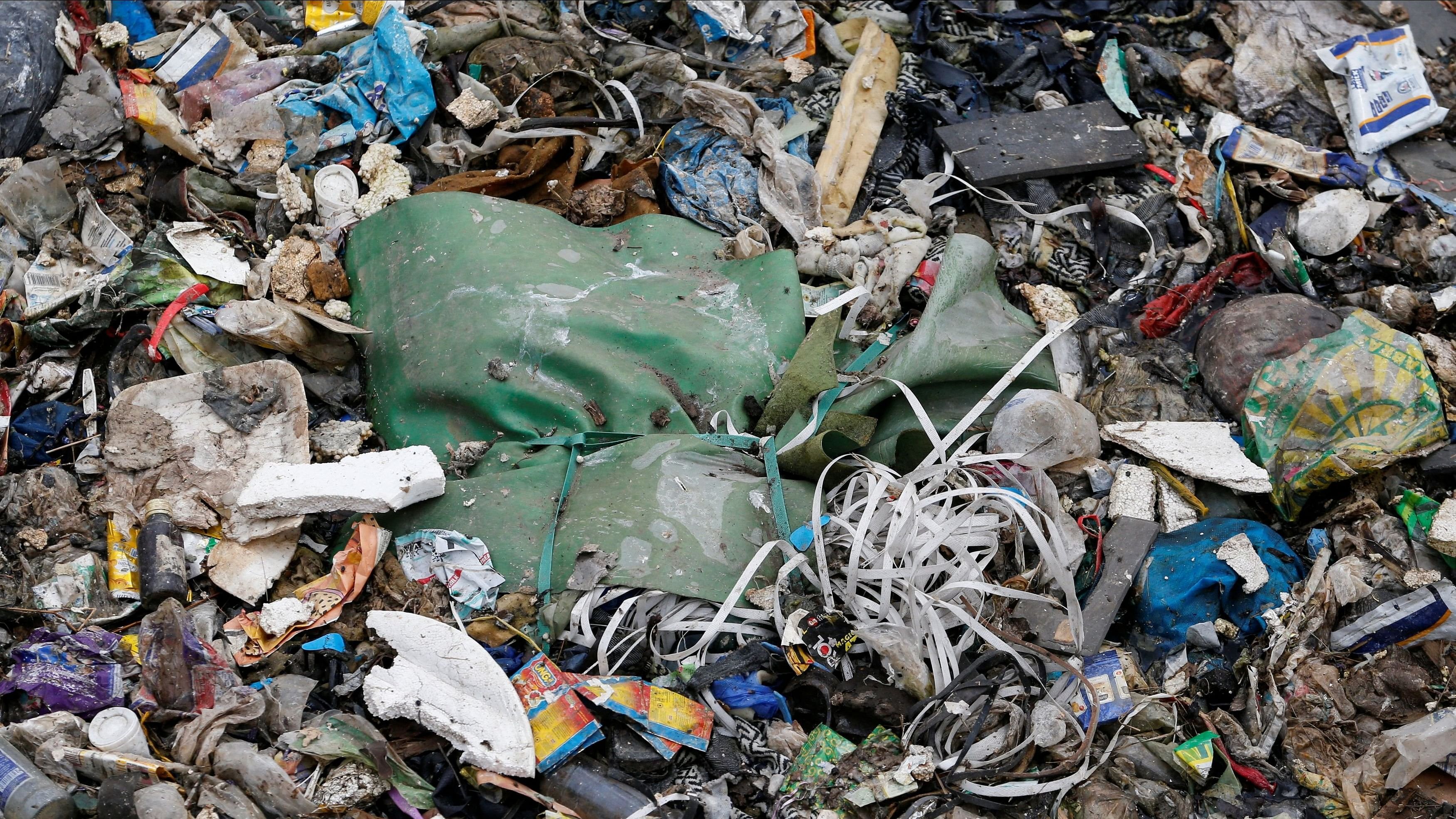
Representative image.
Credit: Reuters Photo
New Delhi: India has emerged as the world's biggest plastic polluter displacing China as the country releases 9.3 million tonnes of such waste into the environment each year, scientists reported on Wednesday, noting that even this figure might be an "underestimate".
The amount of plastic waste generated in India can fill up an area equivalent to 604 Taj Mahals as the country’s waste plastic load is three times more than each of the next four biggest polluters – Nigeria, Indonesia, China and Pakistan, a study said.
Using sophisticated artificial intelligence tools, researchers from the University of Leeds created a detailed global inventory of plastic waste that puts India on top of the list, accounting for one-fifth of the global burden.
China, the researchers say, has made substantial progress in adopting waste incineration and controlled landfills. India, on the other hand, reports that its dumpsites - uncontrolled land disposal - outnumber sanitary landfills by 10:1.
“Despite India's claim of having a national collection coverage of 95 per cent, there is evidence that official statistics do not include rural areas, open burning of uncollected waste or waste recycled by the informal sector. This means that India’s official waste generation rate is probably underestimated and waste collection overestimated,” the UK team reported.
“India's municipal solid waste data exclude rural areas and many towns and villages, which means waste generation is underestimated by a factor of between 4 and 7,” they added.
The researchers estimated that each year nearly 57 million tonnes of municipal solid waste is open-burned in India, of which almost six million tonnes is plastic.
“Our data for India indicate that nearly 53 per cent of the country’s plastic waste emissions come from the 255 million people whose waste is uncollected. Most of the remaining emissions are as a result of open burning on dumpsites in which fires are reported to be common,” the team reported.
With plastic pollution posing a global challenge because of its negative impact on the ecosystems and society, such an inventory is helpful to understand the scale of the issue and provide an evidential basis for effective interventions.
The UK team led by Coastas Velis quantified and monitored plastic pollution at city level for 50,702 municipalities all over the world.
On the basis of their results, it estimated that 52.1 million metric tonnes of plastic waste were discharged into the environment annually, with around 57 per cent open-burned and 43 per cent unburned debris.
Littering is the largest source of plastic pollution in the Global North, whereas uncollected waste is the dominant source across the Global South.
The study comes three months ahead of a major UN conference in Busan that will kickstart on November 25 to sign a global treaty to control plastic pollution.
"With such a detailed inventory as a baseline, the negotiators can develop a quantitative understanding of how alternative policy scenarios would reduce the global effects of plastic pollution," Mathew Macleod, from the Stockholm University who is not associated with the study, wrote in an accompanying article.
Two years ago, India banned use of single-use plastics but its implementation remains poor with little changes visible on the ground.
